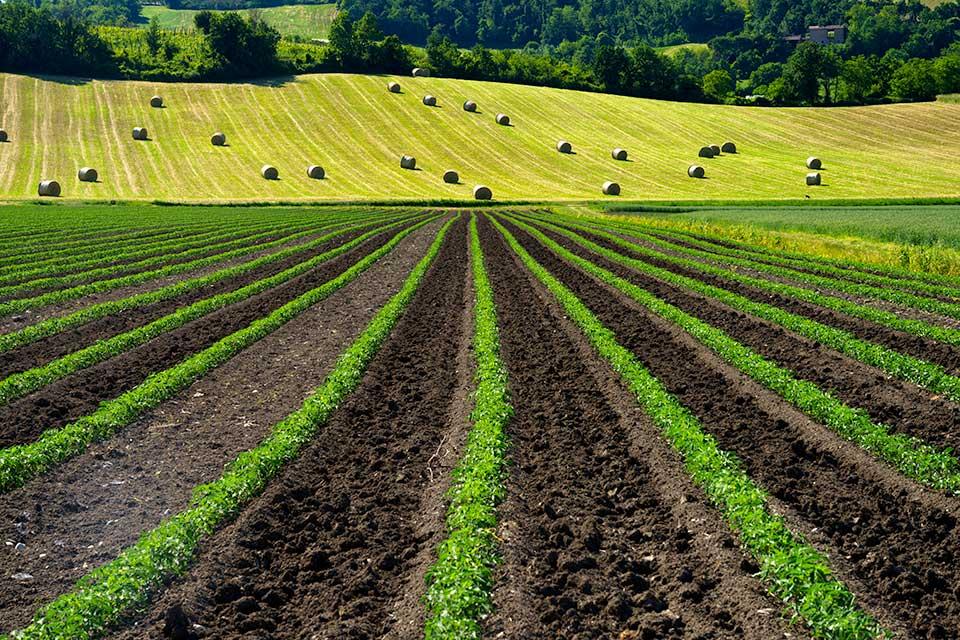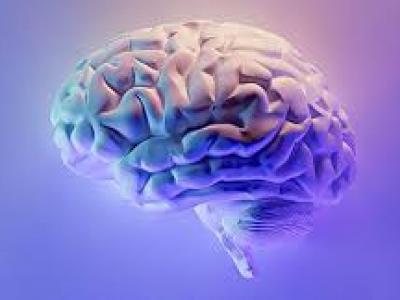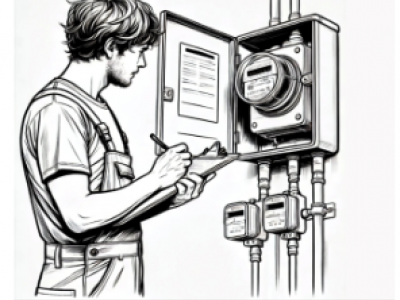image processing

Plant diseases remain a significant threat to global agriculture, necessitating rapid and
accurate detection to minimize crop loss. This paper presents a lightweight, end-to-end system for plant
leaf disease detection and severity estimation, optimized for real-time field deployment. We propose a
custom Convolutional Neural Network (CNN), built using PyTorch, trained on the PlantVillage dataset
to classify leaves as healthy or diseased with a test accuracy of 92.06%. To enhance its practical relevance,
- Categories:
 46 Views
46 ViewsAugmented reality (AR) is a rapidly evolving field, yet research has predominantly focused on indoor applications, leaving outdoor environments relatively underexplored. Metric Depth Estimation (MDE) plays a pivotal role in AR, enabling essential functionalities such as object placement and occlusion handling by extracting depth and perspective information from single 2D images.
- Categories:
 247 Views
247 Views
The proper evaluation of food freshness is critical to ensure safety, quality along with customer satisfaction in the food industry. While numerous datasets exists for individual food items,a unified and comprehensive dataset which encompass diversified food categories remained as a significant gap in research. This research presented UC-FCD, a novel dataset designed to address this gap.
- Categories:
 406 Views
406 Views
The dataset consists of Sentinel-1 SAR data sampled from areas near Shanghai, China, capturing diverse urban and natural landscapes. The polarization mode employed is VV+VH, providing both vertical-vertical and vertical-horizontal polarized signals to enhance the richness of the information. To simulate real-world conditions, gamma noise has been intentionally introduced, mimicking the noise that typically arises during SAR image sampling and processing.
- Categories:
 25 Views
25 ViewsThis dataset contains 570 JPEG images of electricity meters taken from varied locations within the IIT BHU campus, including the GTFRC and residential apartments. It showcases a broad range of real-world scenarios, with each image demonstrating different challenges such as varying lighting conditions, levels of focus and clarity, and a wide range of capture angles. These attributes test and enhance the robustness of technologies designed to interpret meter readings from photographs under diverse conditions.
- Categories:
 800 Views
800 Views
Heart diseases are one of the most common types of diseases that have a very high mortality rate. The best method of accurate diagnosis of coronary artery stenosis is angiography, which has few side effects and is relatively expensive. The data of this study were collected from the Philips Allura Xper FD10 angiography machine of the Cath Lab department of Erfan Niayesh Hospital in Tehran from September 1, 2023 to January 1, 2024. 200 angioplasty clips and 200 normal angiography clips were taken from the left and right coronary arteries.
- Categories:
 176 Views
176 Views
The dataset is a validation dataset for low-light image enhancement and noise reduction tasks. The dataset contains triples of images: low-light images, target images and low-light enhanced images. We used this dataset to generate results for the manuscript "Adaptive Guided Upsampling for Low-light Image Enhancement" submitted to IEEE ACCESS for review. The dataset allows other researchers to work our material.
- Categories:
 66 Views
66 Views
The "ShrimpView: A Versatile Dataset for Shrimp Detection and Recognition" is a meticulously curated collection of 10,000 samples (each with 11 attributes) designed to facilitate the training of deep learning models for shrimp detection and classification. Each sample in this dataset is associated with an image and accompanied by 11 categorical attributes.
- Categories:
 1640 Views
1640 ViewsThe Autofocus Projector Dataset is a collection of 555 images and 150 videos captured while projecting images and videos with varying levels of Gaussian blur. The dataset includes images and videos of different blur levels, ranging from fully focused to the maximum levels of left and right Gaussian blur as per the projector's specifications. The dataset was recorded using a Redmi Note 11T 5G mobile camera with a 50 MP, f/1.8, 26mm (wide) sensor, PDAF image camera, and 1080p@30 fps video camera.
- Categories:
 298 Views
298 Views


